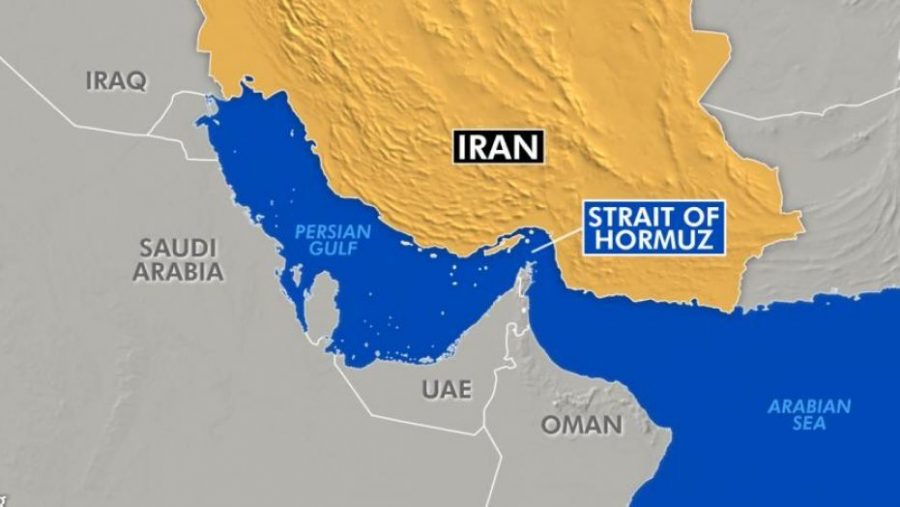Saudi Oil Fields Attacked: The Continuation of the Most Recent Gulf Crisis
On September 14th, a series of drone strikes occurred on oil fields in Saudi Arabia. The US has accused Iran of carrying out the attack, which it denies. Instead, Houthi rebels in Yemen claimed responsibility. This differs from a previous attack by Houthi rebels when they claimed responsibility for attacking a Saudi oil facility earlier this year. A spokesman from Saudi Aramco, Saudi Arabia’s state-owned oil company, claimed that production would not be impeded by the attack despite the attack disabling half of the countries oil production.
This is a continuation of a crisis that began at the beginning of the summer in the Persian Gulf. While some of it may have been under the radar, it has caused worldwide concern.
Twenty percent of the world’s oil, around 18 million barrels of oil a day, moves through the Strait of Hormuz at the mouth of the Persian Gulf.
The seeds of the current crisis was planted in 2015, when the US signed a nuclear deal with Iran. Since then, President Trump withdrew the United States from the deal.
In April 2019, Iran threatened to close the Strait of Hormuz after the news of US plans to end oil fee waivers at the end of the month, causing the price of crude oil to increase.
This resulted in threats made by Iran to increase its stockpile of enriched uranium by the end of June.
Actual attacks began on June 17, when two oil tankers caught fire off the coast of Oman. The tankers, sailing from the United Arab Emirates, alleged they were attacked by magnetic sea mines.
Three days later, Iran shot down an American surveillance drone that the Iranian military reported had strayed into Iranian airspace. President Trump ordered retaliatory strikes against Iran, but minutes before the operation called off the attack, opting instead for a cyber attack against Iranian missile silos and drone control centers.
Adding to the tension, the British government in Gibraltar seized an Iranian tanker claiming it was sending fuel to Syria in violation of EU sanctions.
After an increase in military presence in the Middle East, the United States Navy claimed to have shot down Iranian drones that had gotten too close to American warships in July.
In response to Iran’s aggression, the US formed the International Maritime Security Construct (IMSC). The US has since been joined by the UK, Bahrain, Australia, Saudi Arabia, the United Arab Emirates and Israel.
Tension in the gulf could last for many more months as more countries join the IMSC and Iran seizes more tankers.






